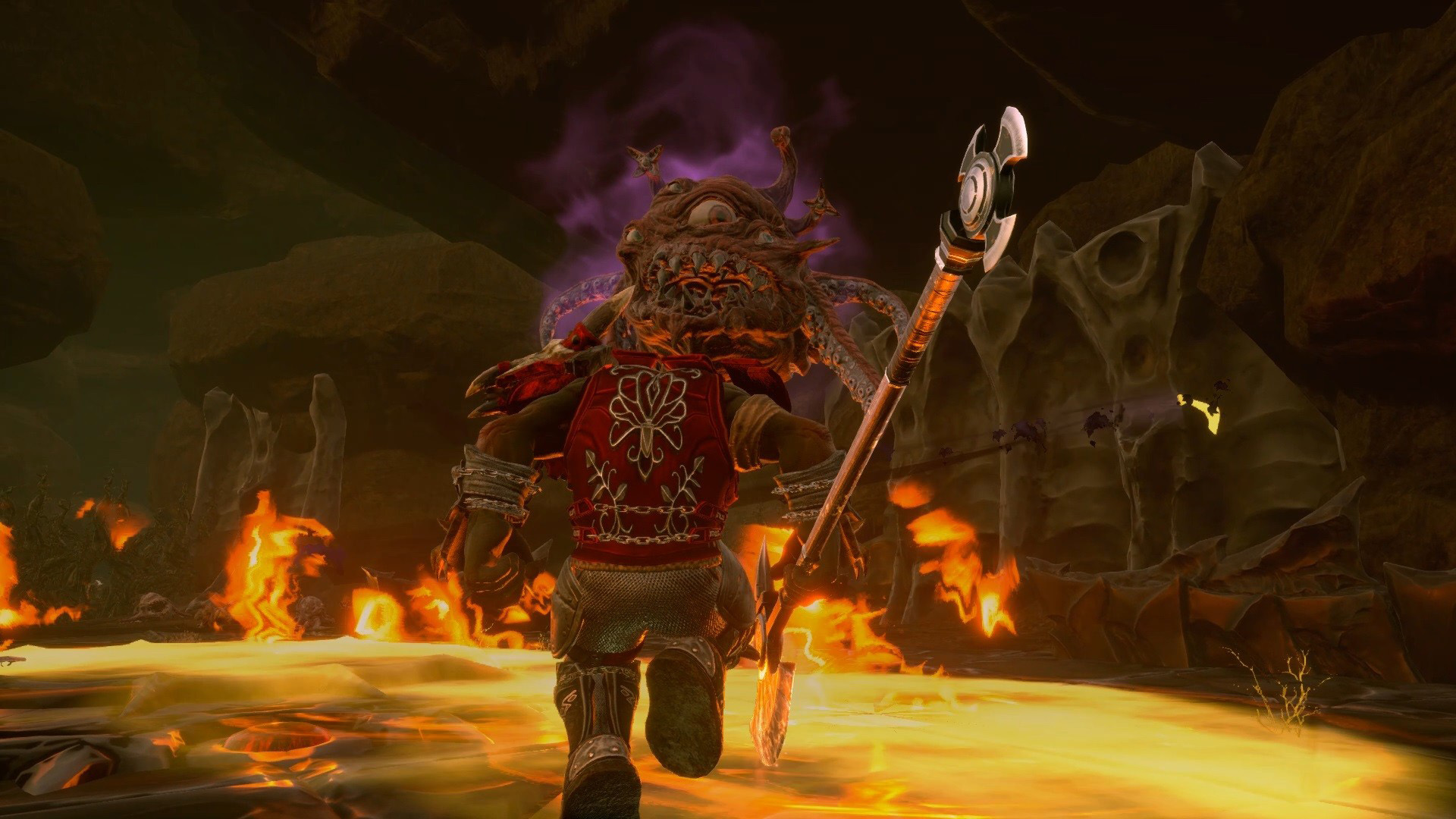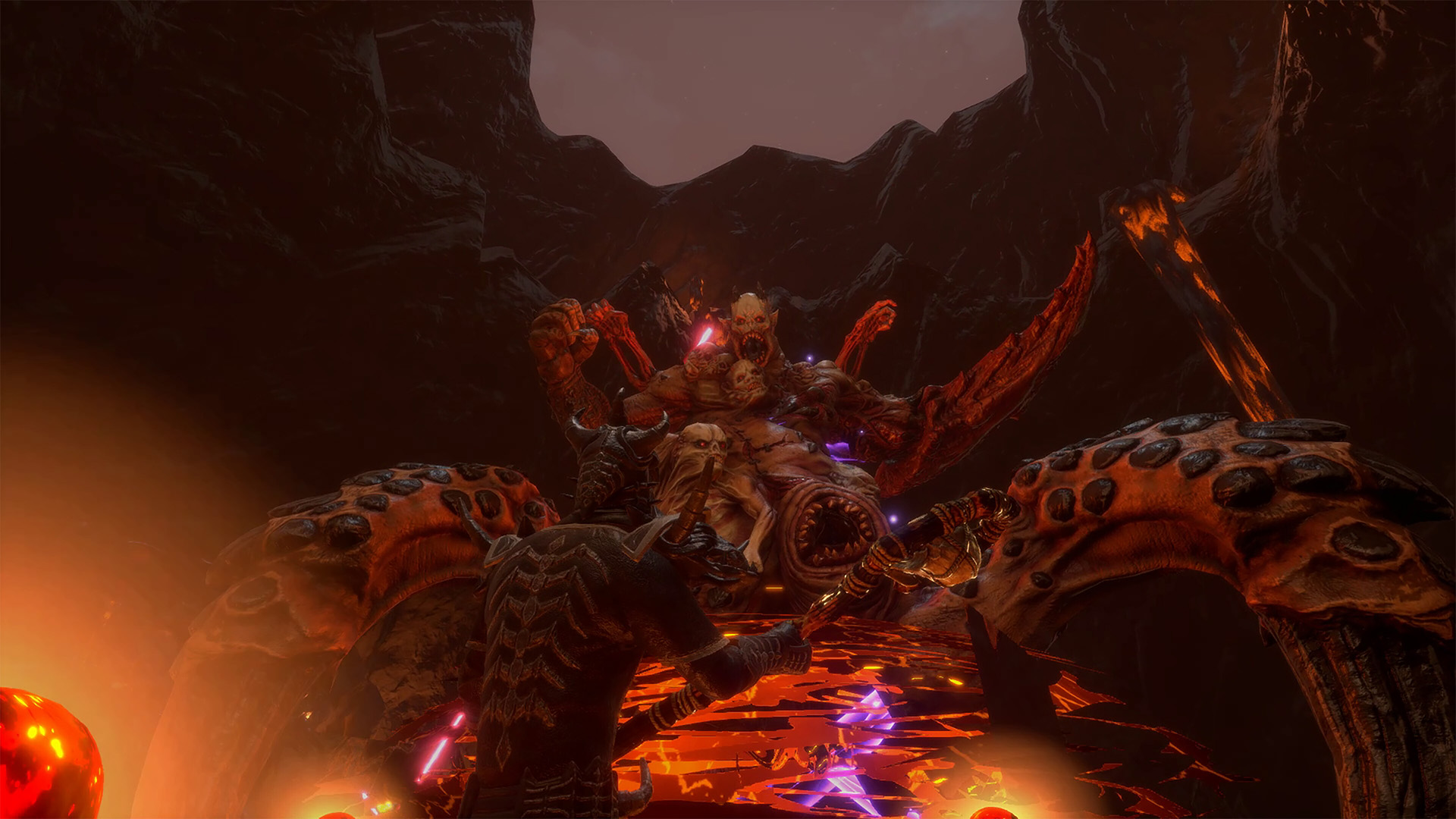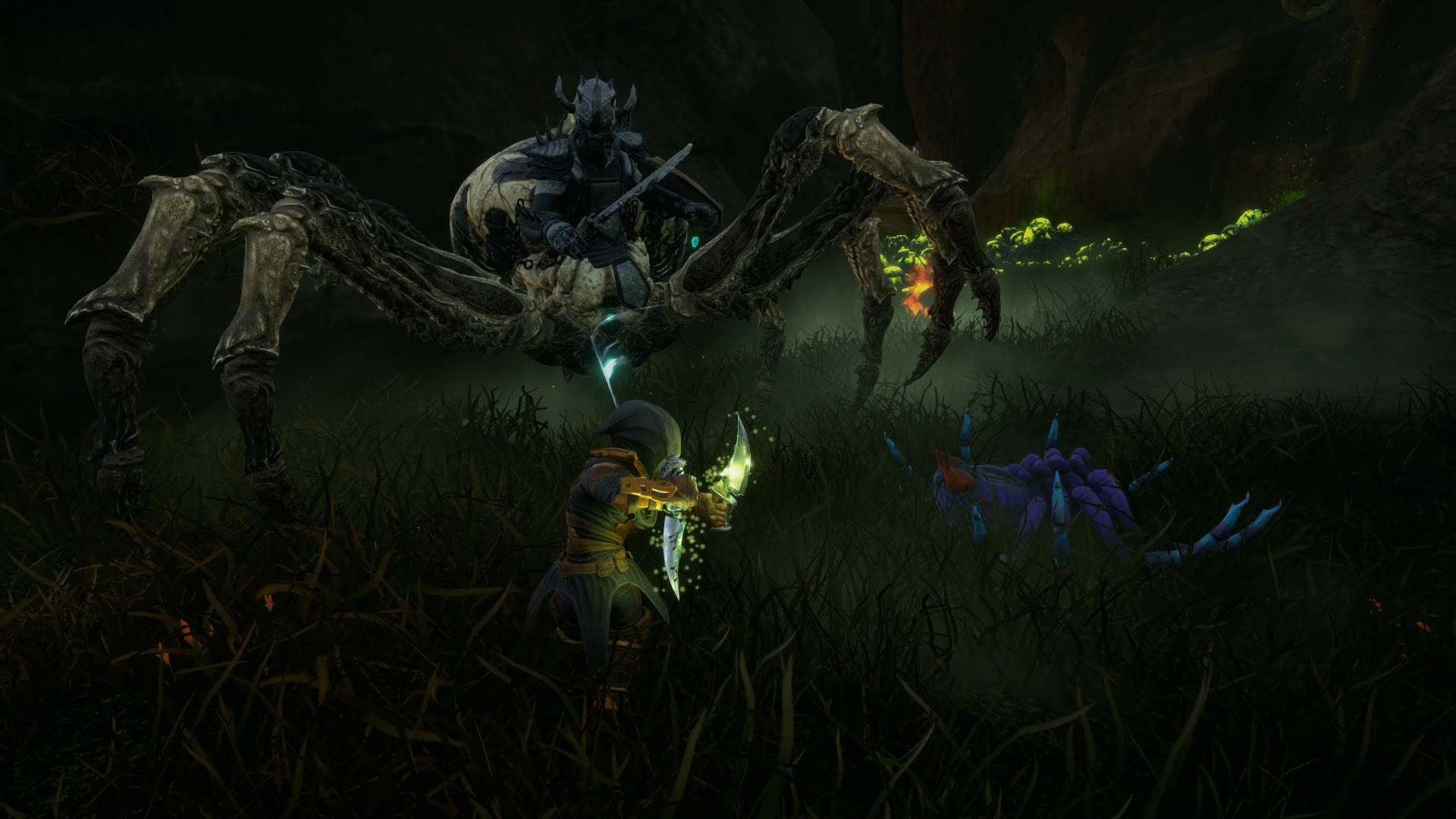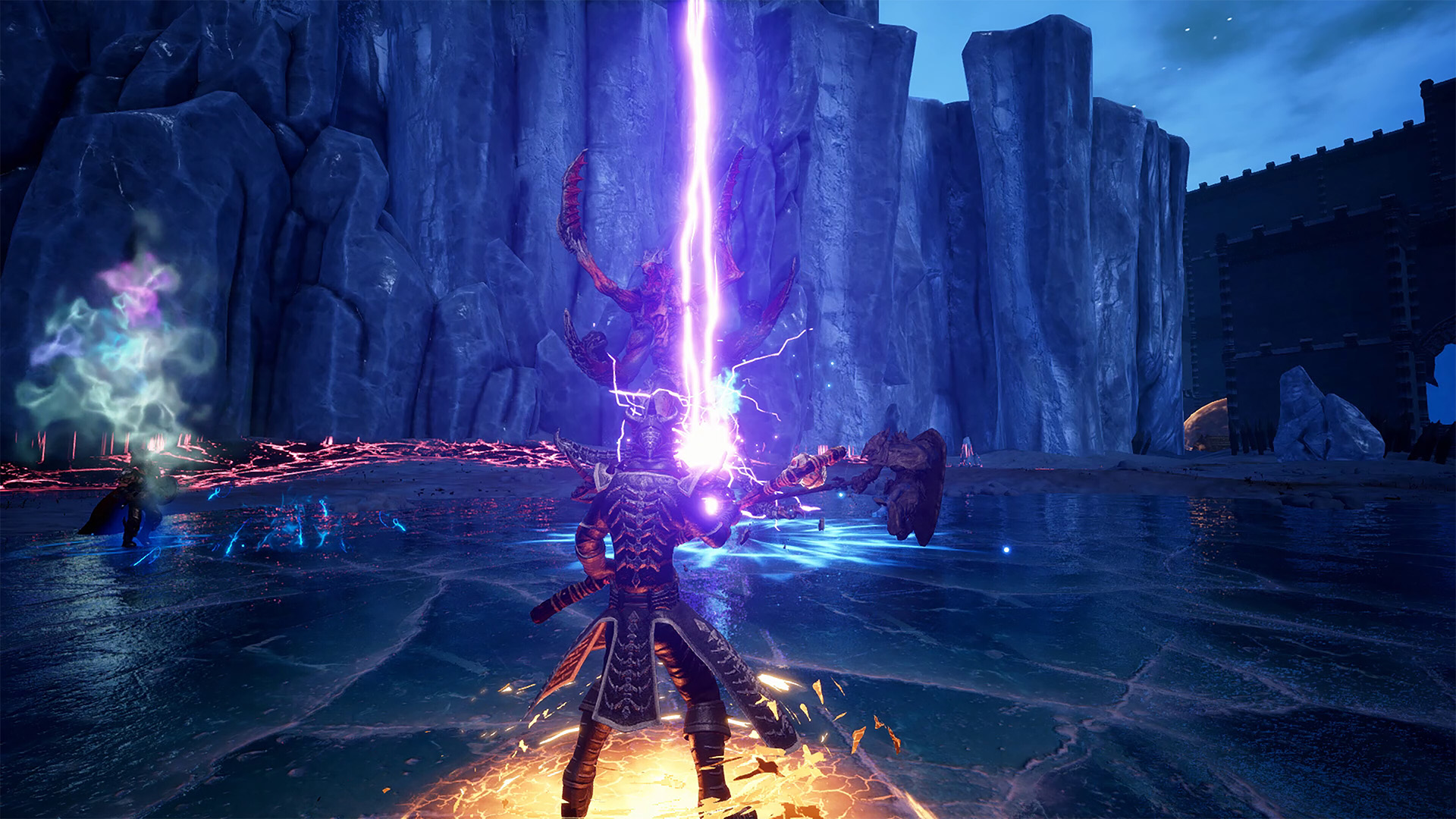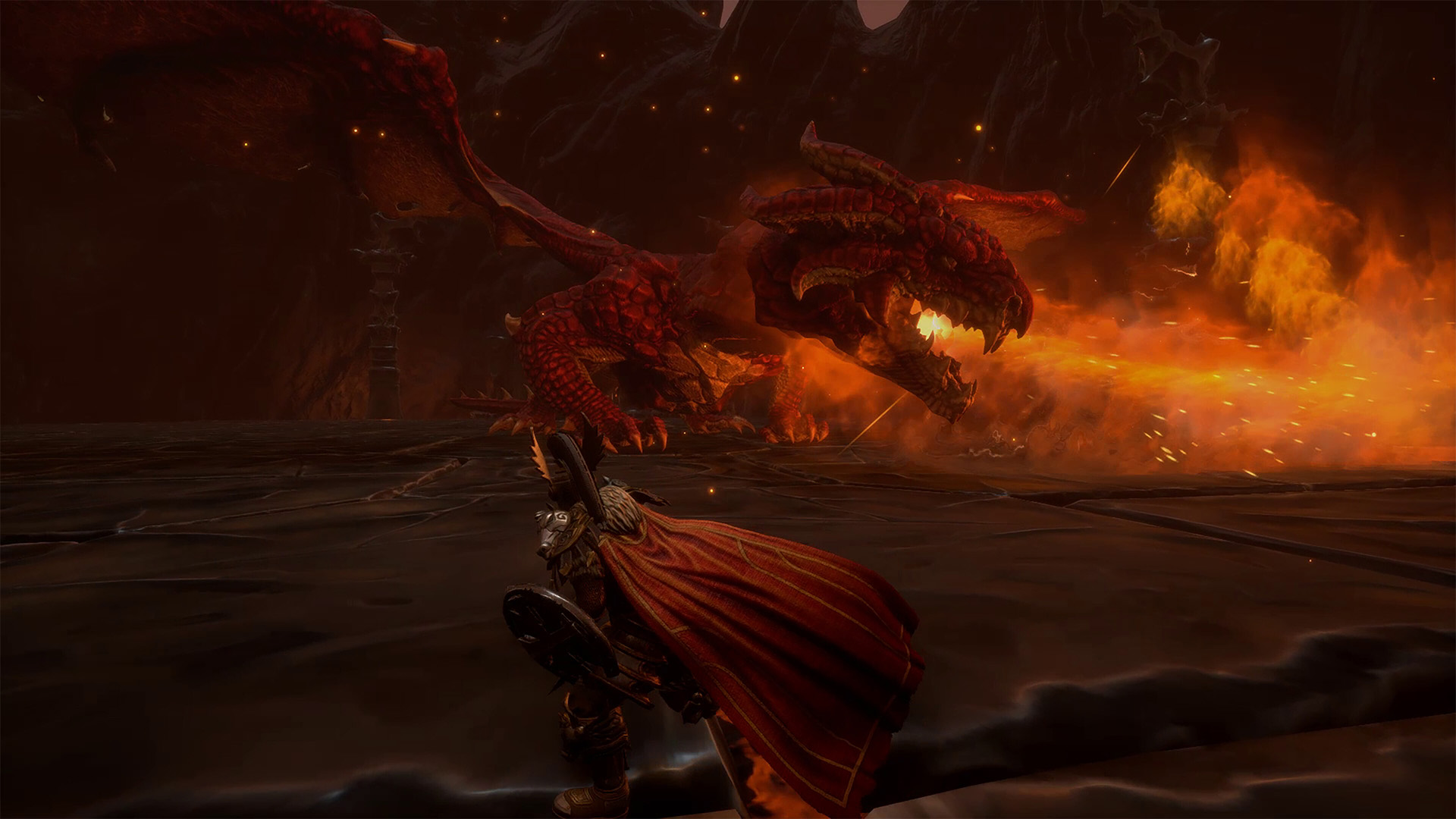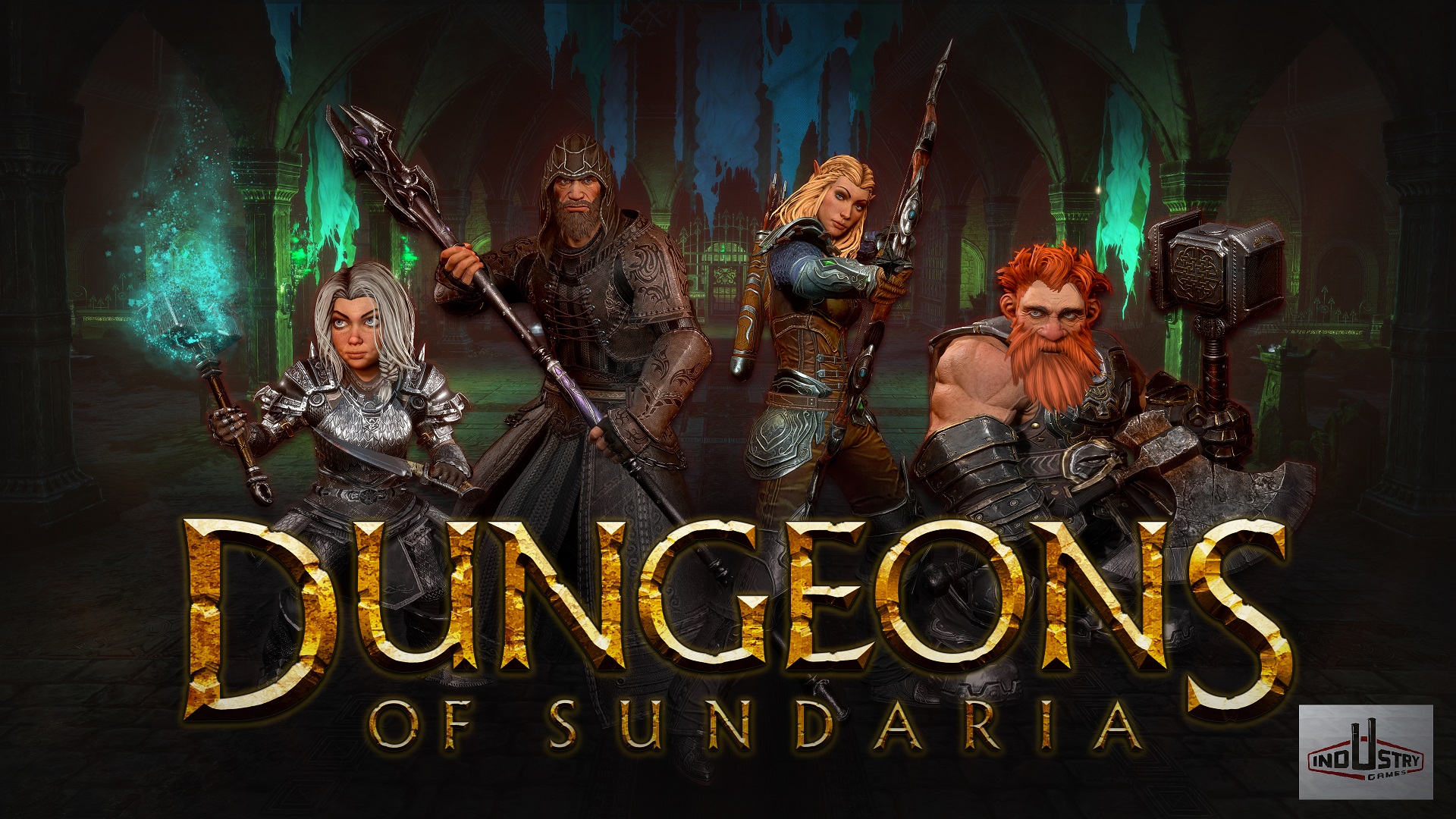
Today we’ll review the spiritual successor to Kings and Heroes, a new title made by development studio Industry Games called Dungeons of Sundaria. Their new game is extremely similar to its predecessor, down to even using the same assets, since it serves as a soft relaunch with reworked features.
The main difference between both games is that Kings and Heroes was envisioned as an MMO experience in which players could explore a shared overworld filled with dangerous dungeons, while Dungeons of Sundaria is peer-to-peer and instance-based. Kings and Heroes unfortunately shut down, as the developers didn’t manage to reach enough of a playerbase to justify hosting the game’s shared world, and instead reused the game’s resources to launch it again as Dungeons of Sundaria.
Industry Games were nice enough to give Dungeons of Sundaria out for free to those who owned Kings and Heroes, but this repurposed version of their previous title feels lesser in a few ways. Players are no longer able to explore the hub town, which has now been turned into an interactive menu, and the connectivity between the game’s dungeons and the open world has now been lost, alongside the ability to switch between first-person and third-person gameplay.
Dungeons of Sundaria
Developer: Industry Games
Publisher: Industry Games
Platforms: PlayStation 4, PlayStation 5, Xbox One, Xbox Series X/S, Nintendo Switch, and Microsoft Windows (Reviewed)
Release Date: June 7, 2022
Players: 1-4
Price: $14.99
The developers claim that clearing dungeons was the most popular activity in Kings and Heroes, so in Dungeons of Sundaria they directed all of their efforts towards the dungeon experience. Losing the game’s overworld and hub town exploration isn’t a deal-breaker, but it sure makes the game feel a little disjointed, especially when it doesn’t seem like much was added to make up for the game’s lost MMO components.
After going through the game’s first dungeon, which had an entire World of Warcraft raid’s worth of bosses in it, I realized that the design philosophy behind Dungeons of Sundaria was of quantity over quality. The dungeons consist of multiple maps stacked as different floors, and each floor is a maze-like set of corridors with something like four or five bosses.
It’s a very tiring experience to go through 2-3 hour-long dungeons, especially when you always feel lost and there isn’t much to gameplay aside from using every available skill, but we’ll discuss that later.
Dungeons of Sundaria markets itself as an either solo or co-op experience, and while both options are available, they each suffer from different issues. As of right now, the game is mostly dead (24 players online as of writing this review), so multiplayer isn’t viable unless you convince your friends to also buy the game. Playing solo will be the default experience for most players, which also comes with its own set of problems, as the game’s balancing is skewed towards group play.
Most classes have useless skills if you are playing solo (like being able to heal or revive other players as the Cleric), and the game’s encounters don’t feel like they change enough to accommodate solo play. Playing by yourself feels like brute-forcing your way through the game, like you just stepped in an area 10 levels higher than yours in an MMORPG. Things are definitely doable, but they are slow, boring, and filled with deaths due to enemies that hit way too hard.
My biggest gripe with Dungeons of Sundaria comes from the game’s combat mechanics, as there really isn’t a way to avoid taking damage. As far as defensive maneuvers go, your character has a useless roll with no invincibility frames and can block or parry depending on what weapons they have equipped.
Parrying leaves enemies open for less than half a second, and there doesn’t seem to be any riposte mechanic in place to incentivize trying to time it correctly. Blocking only seems to be worth it if you have a good shield (something you will not find early on), and timing a perfect block works about the same as the parry. Attacking in general always feels like a better alternative to blocking, as enemies will rush you in groups most of the time.
Ranged enemies will almost never hit you as long as you are strafing, but melee enemies will run up to you and basically start a DPS check, as you have to deplete their health bar before they deplete yours. There is no finessing your way around a perfect combat encounter by engaging with the game’s mechanics, just two people hitting each other with sticks until one drops dead.
Even ranged characters can’t really deal with enemies from afar, as they often lack keepaway tools. The game’s encounters have been designed around a balanced party featuring a tank, a healer, and one or two DPS on the side, but playing by yourself just means every NPC runs up to you on kill mode. The developers did give a healing skill to all classes, so the game can be “beaten” solo, but it feels like a band-aid to a bigger problem.
Despite all of these issues, combat in Dungeons of Sundaria feels reasonably good as far as third-person RPGs go. There is a good weight to your weapon swings and skills, and the game in general feels pretty responsive. It’s disappointing to see a perfectly good combat system get bogged down by mechanics that don’t work to support it.
It’s almost commendable how the game wants to feel slow, and this slowness is so deeply ingrained into the game’s core design that progressing too fast through a dungeon will leave you underleveled and forced to backtrack, because every boss fight is just a DPS check with a higher number than the last one.
The equipment crafting system is also designed to be incredibly grindy, and even making low level equipment feels like a slow and tedious process. The idea of grinding for materials so that you could maybe, possibly, someday, craft a piece of equipment with the stats you want is a commitment that only people who have a spare hundred hours or so will enjoy.
What’s so disappointing is that Dungeons of Sundaria plays reasonably well, looks good, and manages to impressively emulate MMORPG combat without tab targeting, but its mechanics actively work against any fun that could be had.
The game’s absurd scaling makes it so you never feel strong despite how much you grind, and the dungeon design ends up creating an exhausting gameplay experience.
Dungeons of Sundaria is a gracious attempt at repurposing assets from a previous unsuccessful endeavor, but the game’s mechanics and level design desperately need to be looked at, otherwise Industry Games will never achieve a successful multiplayer experience.
Dungeons of Sundaria was reviewed on Microsoft Windows using a game code provided by Industry Games. You can find additional information about Niche Gamer’s review/ethics policy here. Dungeons of Sundaria is available on PlayStation 4, PlayStation 5, Xbox One, Xbox Series X/S, Nintendo Switch, and Microsoft Windows (through Steam).
